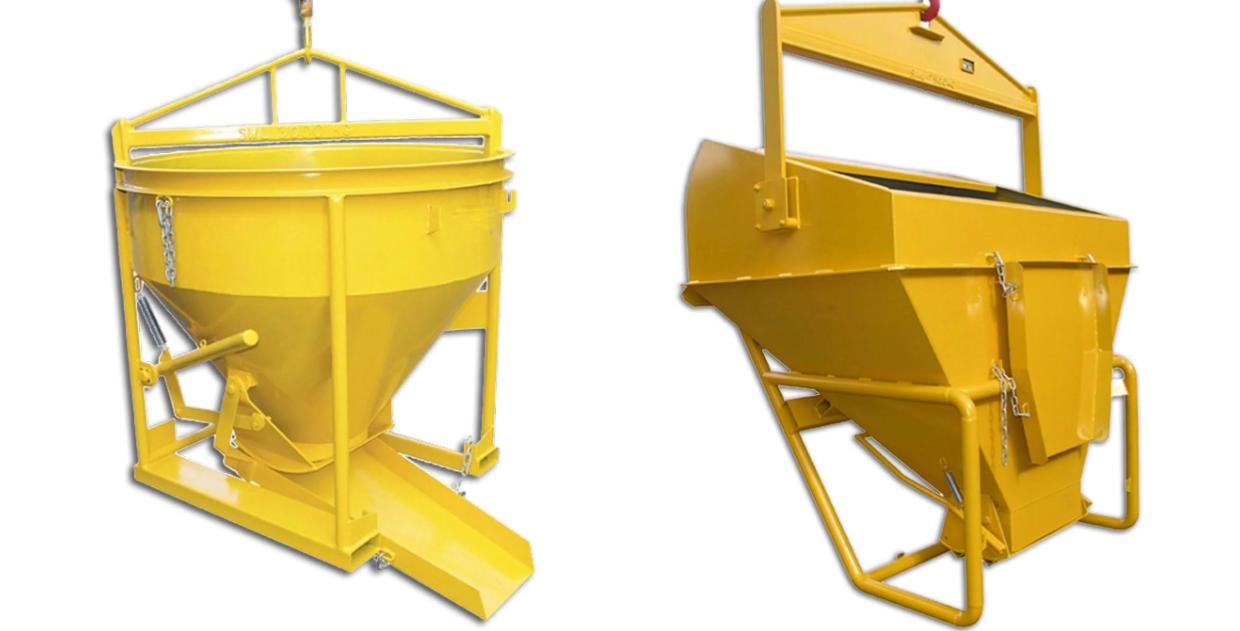
Efficient material handling is a crucial part of construction projects, directly influencing productivity, safety, and costs. Moving large quantities of materials such as cement can be time-consuming and labour-intensive, which often leads to delays and higher operational expenses.
Specialized tools, like cement kibbles, offer a practical solution to these challenges. By understanding the role of streamlining operations, construction teams can improve workflow, reduce labor, and ensure safer working conditions.
Why Efficient Material Handling is Crucial for Construction Projects
Construction projects thrive on efficiency. Every delay—whether caused by manual labour or inefficient equipment—leads to increased costs and a higher risk of project overruns. This is where material handling plays a pivotal role. Moving materials like cement, bricks, and other heavy loads requires reliable equipment that ensures both speed and safety.
The Role of Proper Equipment in Reducing Downtime
When the right equipment is in place, downtime is significantly reduced. Cement kibbles, for instance, allow for smooth and efficient transport of heavy materials. By reducing the need for manual handling, these tools help construction teams avoid unnecessary delays. This translates into faster project completion times and lower labour costs, all while keeping workers safer.
Understanding What They Are and How They Work
These are specialized containers designed for handling and transporting bulk materials, particularly cement. They allow for easy loading and controlled discharge, ensuring that materials are moved from one point to another efficiently.
With different sizes and configurations available, cement kibbles can adapt to various types of construction projects, from small-scale operations to large commercial builds.
Key Features
One of the key features of cement kibbles is their versatility. Designed for efficient handling, they come with mechanisms that allow precise control over material discharge. This not only helps in reducing waste but also prevents unnecessary spillage, ensuring a cleaner and safer site. Additionally, these are built with durability in mind, making them ideal for the rugged conditions of construction sites.
Benefits of Using Cement Kibbles for Construction Material Handling
It offers numerous benefits for construction projects. By facilitating the transport of heavy materials, they help to streamline operations, improve productivity, and enhance safety.
Enhanced Productivity and Reduced Labor
Using It reduces the physical strain on workers, as heavy materials can be easily transported without requiring large teams for manual lifting. This allows workers to focus on other important tasks, increasing overall site productivity.
Improved Safety for Workers
It contributes to a safer working environment. By reducing the need for manual material handling, they minimize the risk of injuries caused by lifting or moving heavy loads. Additionally, the controlled discharge feature helps prevent accidents by allowing workers to carefully control the flow of materials.
Key Considerations When Using Cement Kibbles on Site
When incorporating cement kibbles into construction projects, it’s important to choose the right equipment for the job.
Choosing the Right Size and Type of Cement Kibble
Selecting the appropriate size and type of cement kibble is crucial for ensuring optimal performance on-site. Larger projects may require high-capacity kibbles, while smaller sites might benefit from more compact options.
Conclusion: Enhancing Construction Efficiency
These kibbles play an essential role in improving efficiency on construction sites. By reducing labour requirements, enhancing safety, and speeding up material handling, they are invaluable tools for any project. When used correctly, they contribute to smoother, safer, and more cost-effective construction operations.
